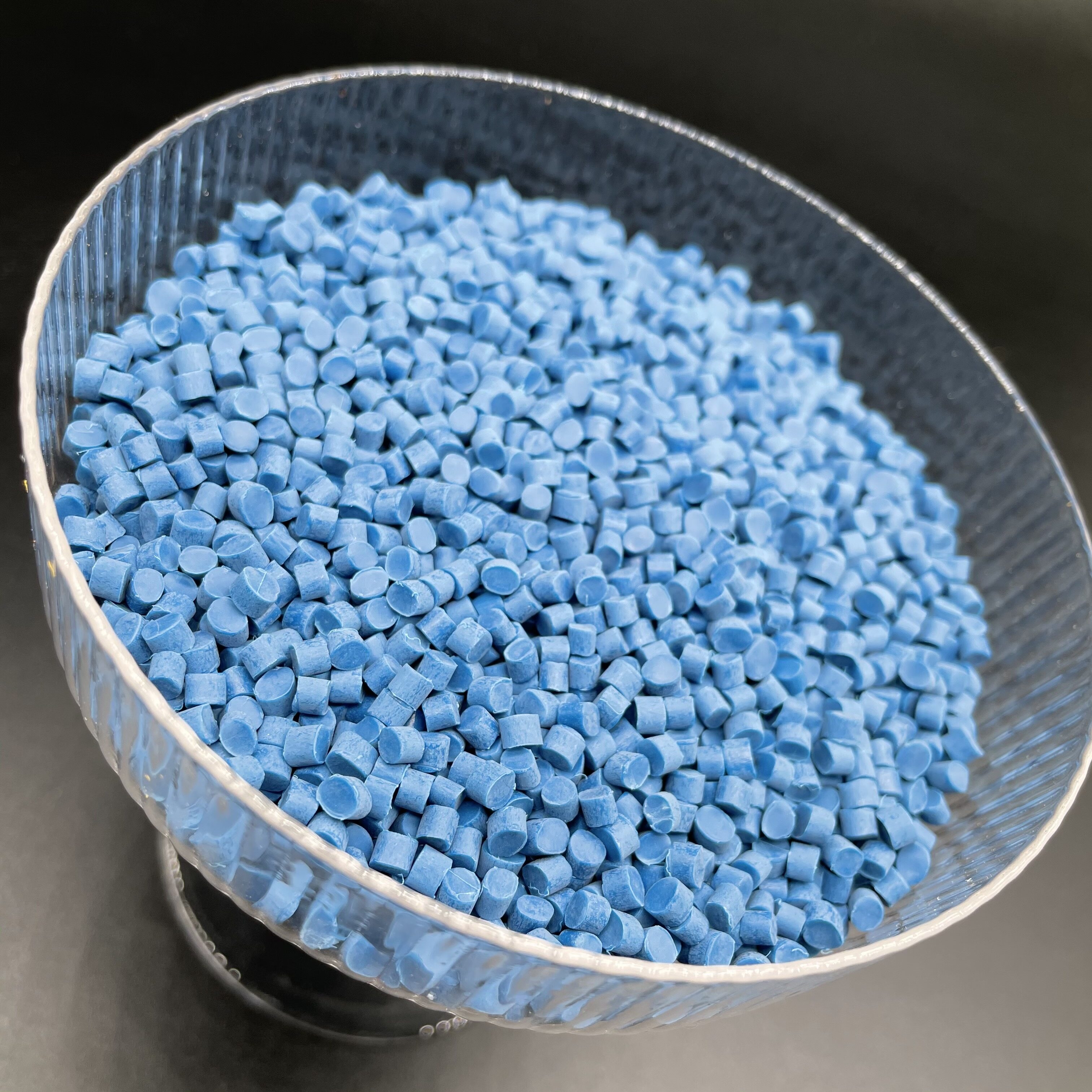Ошибка формата электронной почты
emailCannotEmpty
emailDoesExist
pwdLetterLimtTip
inconsistentPwd
pwdLetterLimtTip
inconsistentPwd

Offer Technical Support and Customized Solutions
The company is committed to creating new and improved plastic materials to meet the evolving demands of the market.

The Versatility of Polypropylene Pellets for Injection Molding
Introduction
Polypropylene, a versatile thermoplastic polymer, plays a pivotal role in the world of plastics, finding its application in various industries. Among its myriad uses, one aspect stands out—the utilization of polypropylene pellets for injection molding. This article delves into the multifaceted world of polypropylene pellets, exploring their properties, applications, and the intricate dance between material science and manufacturing processes.
The Art of Injection Molding and Polypropylene's Starring Role
In the intricate dance of injection molding, where precision and efficiency are paramount, polypropylene pellets take center stage. These pellets, small in size but mighty in potential, serve as the raw material for crafting an array of products. The injection molding process, characterized by its speed and scalability, seamlessly transforms these pellets into everything from packaging materials to intricate automotive components.
Properties That Mold the Future
Understanding the properties of polypropylene pellets is key to unlocking their full potential in injection molding. The melt flow rate (MFR), a crucial parameter, dictates the fluidity of the molten polypropylene during molding. This, coupled with the material's commendable impact resistance, contributes to the creation of durable and resilient products.
From a chemical perspective, polypropylene's inherent stability ensures the structural integrity of molded items even in demanding environments. Temperature resistance further broadens the scope of applications, proving invaluable in industries ranging from electronics to aerospace.
Navigating the Types and Grades
Polypropylene pellets are not a one-size-fits-all solution. Like characters in a play, they come in various types and grades, each suited for a particular role. Additive-based variations enhance specific properties, while differences in molecular weight cater to diverse applications. Exploring this diversity enables manufacturers to fine-tune their processes for optimal results.
Polypropylene in Action: Applications Galore
The versatility of polypropylene extends to its applications in injection molding, encompassing a wide array of products. From the rigidity required in automotive components to the flexibility demanded by packaging materials, polypropylene proves its mettle. Its presence in consumer goods further attests to its adaptability in meeting the evolving needs of the market.
The Economic and Environmental Advantages
Beyond its physical attributes, polypropylene pellets offer economic advantages. Their cost-effectiveness, coupled with the lightweight nature of the final products, makes polypropylene an attractive choice for manufacturers aiming for efficiency without compromising quality.
From an environmental standpoint, the recyclability of polypropylene aligns with the growing emphasis on sustainability. Initiatives within the industry focus on making polypropylene injection molding not just economically viable but also environmentally responsible.

Challenges and Solutions in the Polypropylene Molding Landscape
Yet, this journey is not without its challenges. Understanding potential issues, from inconsistent melt flow to environmental considerations, is crucial. Manufacturers employ various strategies, such as optimizing processing conditions and exploring alternative formulations, to overcome these challenges and ensure the reliability of the final product.
Quality Control: Ensuring Excellence in Every Molding
Quality control measures in the production of polypropylene pellets are as vital as the material itself. Rigorous testing methods, from assessing mechanical properties to scrutinizing molecular structures, ensure the consistency and reliability of the pellets. This commitment to quality is what sets the stage for successful injection molding projects.
Sustainable Horizons: Polypropylene's Eco-friendly Journey
The environmental impact of polypropylene in injection molding extends beyond recyclability. Collaborative efforts within the industry aim to push the boundaries of sustainability further. Integrating bio-based additives, exploring eco-friendly processing techniques, and aligning with circular economy principles are steps toward a greener future for polypropylene molding.
Trends and Innovations: Where Science Meets the Future
As technology advances, so does the landscape of polypropylene injection molding. Current trends, such as the integration of Industry 4.0 technologies, are reshaping manufacturing processes. Innovations in material science, including the development of bio-based polypropylene, herald a future where sustainability and efficiency coexist.
Navigating Regulatory Waters: Compliance in Polypropylene Molding
In the complex world of manufacturing, adherence to regulations and standards is non-negotiable. Whether it's ensuring product safety or minimizing environmental impact, manufacturers tread carefully to meet and often exceed established standards. The compliance landscape adds an extra layer of complexity, but it's one that responsible manufacturers willingly navigate.
Case Studies: Stories of Success in Polypropylene Molding
Turning theory into practice, case studies provide a glimpse into the real-world impact of polypropylene injection molding. From reducing production costs to creating innovative solutions for specific industries, these success stories highlight the dynamic nature of polypropylene's role in the manufacturing realm.
Conclusion: Polypropylene Pellets for Injection Molding — A Symphony of Possibilities
In the symphony of manufacturing, polypropylene pellets play a crucial role, weaving together elements of material science, technology, and sustainability. As we navigate the complexities of injection molding, the versatility and reliability of polypropylene shine through. From the microscopic world of polymer chains to the macroscopic realm of industry trends, polypropylene pellets continue to shape the future of manufacturing in ways both nuanced and profound.

